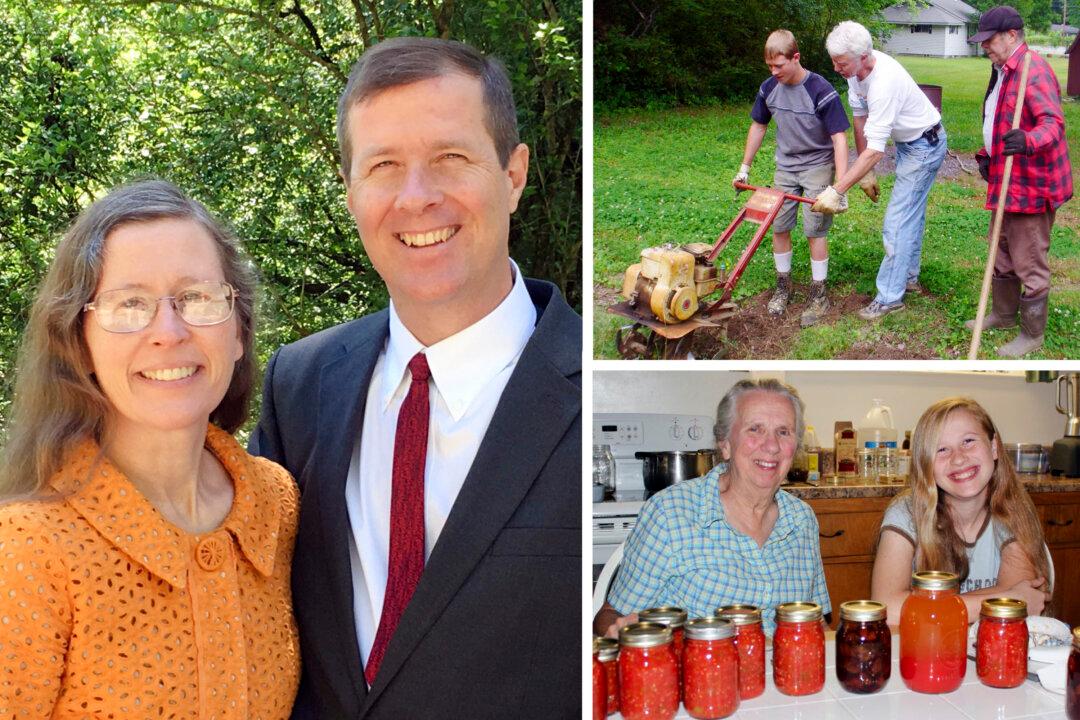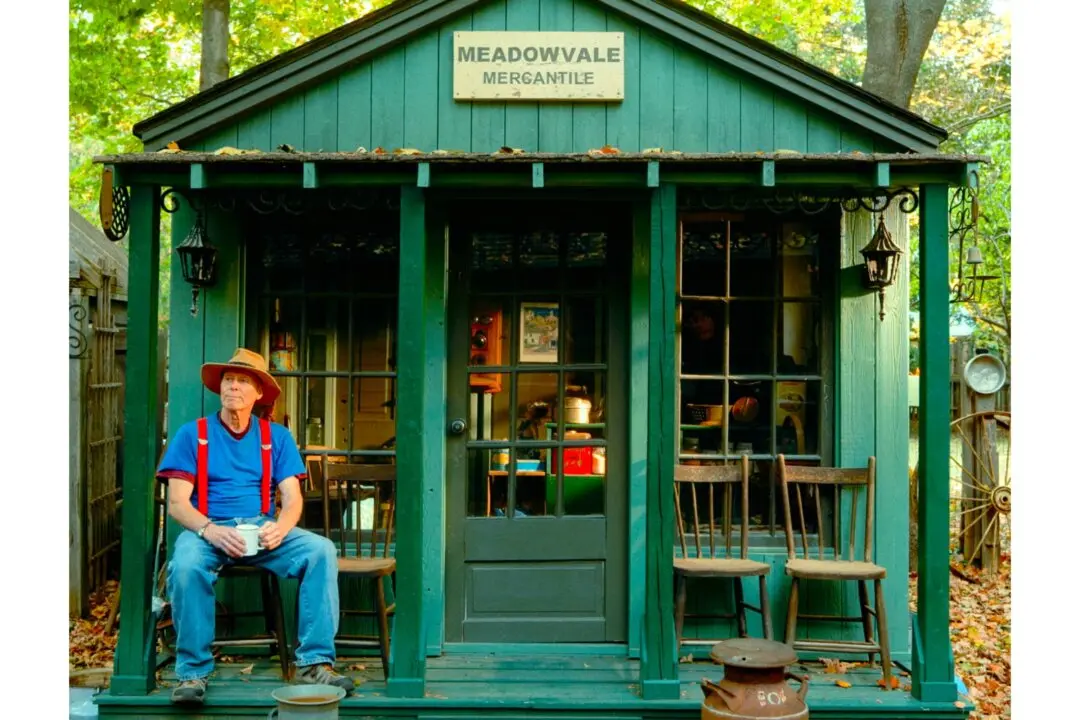In a twist of fate, a rare bird species thought to have been lost for decades has been photographed for the first time in 55 years in Papua New Guinea.
Vierus, who holds a master’s degree in tropical marine ecology, was part of the team sent to the remote Pomio District in Papua New Guinea to assess the region’s biodiversity and potential for launching new conservation initiatives, an effort led by the World Wildlife Fund (WWF). Accompanied by local hunters, he ventured deep into the forest with the aim of documenting as much wildlife as possible.
“The area is extremely biodiverse, but that I ended up photographing the goshawk was a lot of luck!” Vierus told The Epoch Times.
According to the Fiji-based award-winning photographer, the trip was filled with both hard and breathtaking moments. He described the experience of waking up in the Nakanai mountain range and looking over the fog-covered rainforest canopy while listening to the calls of diverse bird species as “magical.” Despite the physical challenges of the expedition—from sleepless nights to insect bites to exhausting walks on non-existent roads—the journey proved to be “incredibly rewarding” when Vierus realized the historical value of the photograph.
“When I realized the significance of the photo, I was speechless!” Vierus said. “In this day and age, to photograph an animal that has never been photographed by anyone else is incredible!”
The scientific and conservation communities have welcomed the news.

WWF’s Pomio-based officer Oscar Pileng, who was born in Pomio, said in the statement that according to local residents, this species is “definitely rare” in the area, only found in the hinterlands of Pomio, and is “rarely seen.” He added that the New Britain goshawk is called “keango” or “kulingapa” in local languages.
Vierus spent nearly three weeks in the area in March—although the sighting was reported only in September. Describing Pomio and its beauty as “incredible,” he said the area has stunning and pristine coastal areas, dense and untouched rainforest, and a diverse range of animal and plant species, some of which are found “nowhere else on Earth.”
The photographer said that sightings like this highlight “nature’s resilience” and “instill hope” in both the scientific community and the general public. A self-described storyteller, Vierus believes that photographing wildlife helps people care about environmental issues and therefore take action.
“Simply put, people won’t care about what they don’t know,” he said. “But if they have seen an emotional photo story or an inspirational film about an issue, they have not only been made aware, but maybe it even touched them emotionally and evoked a desire to act on whatever moved them.
“In an increasingly fast-paced world where we are constantly bombarded with visual input, good conservation photography and storytelling are more important than ever!”







